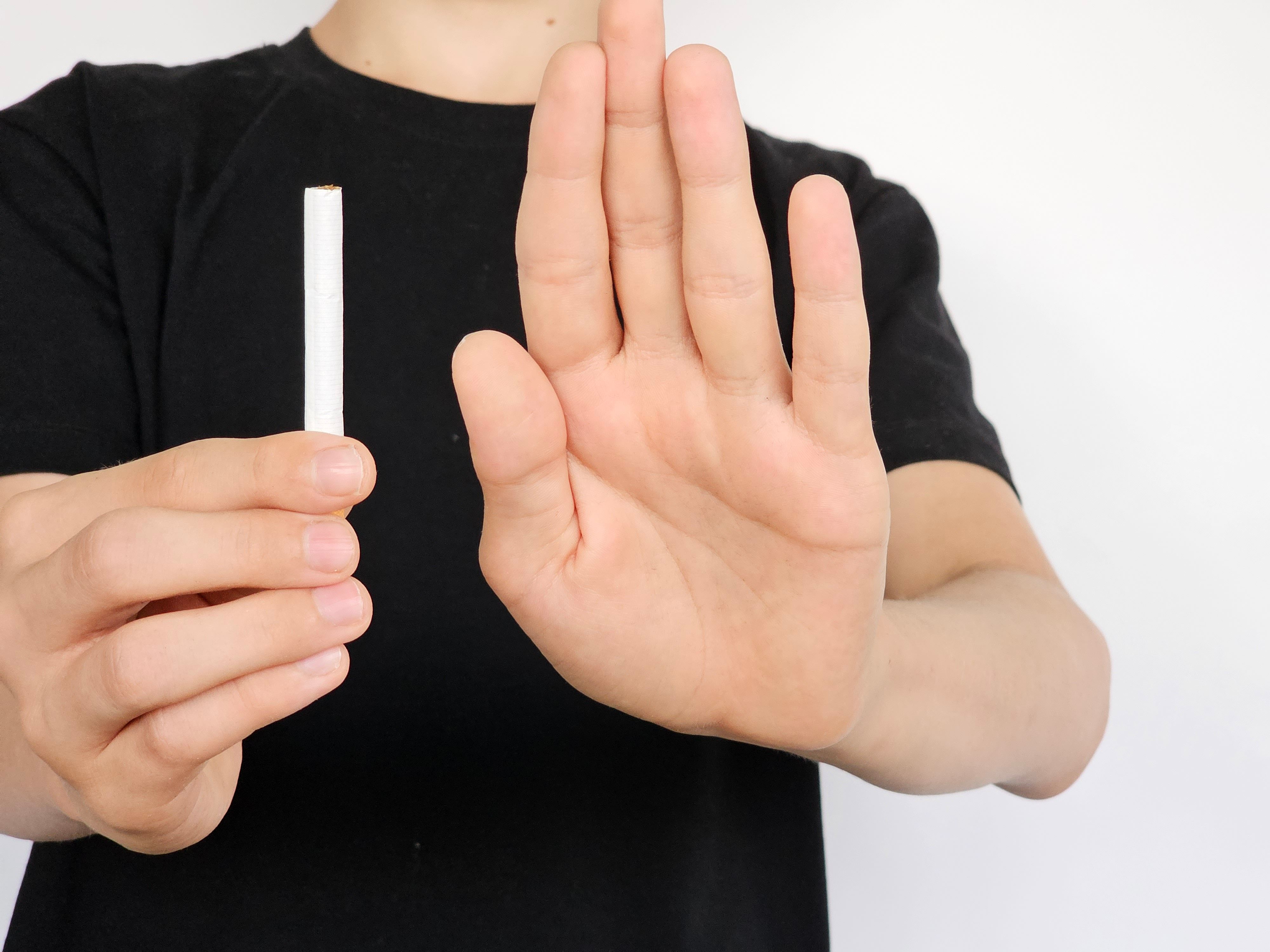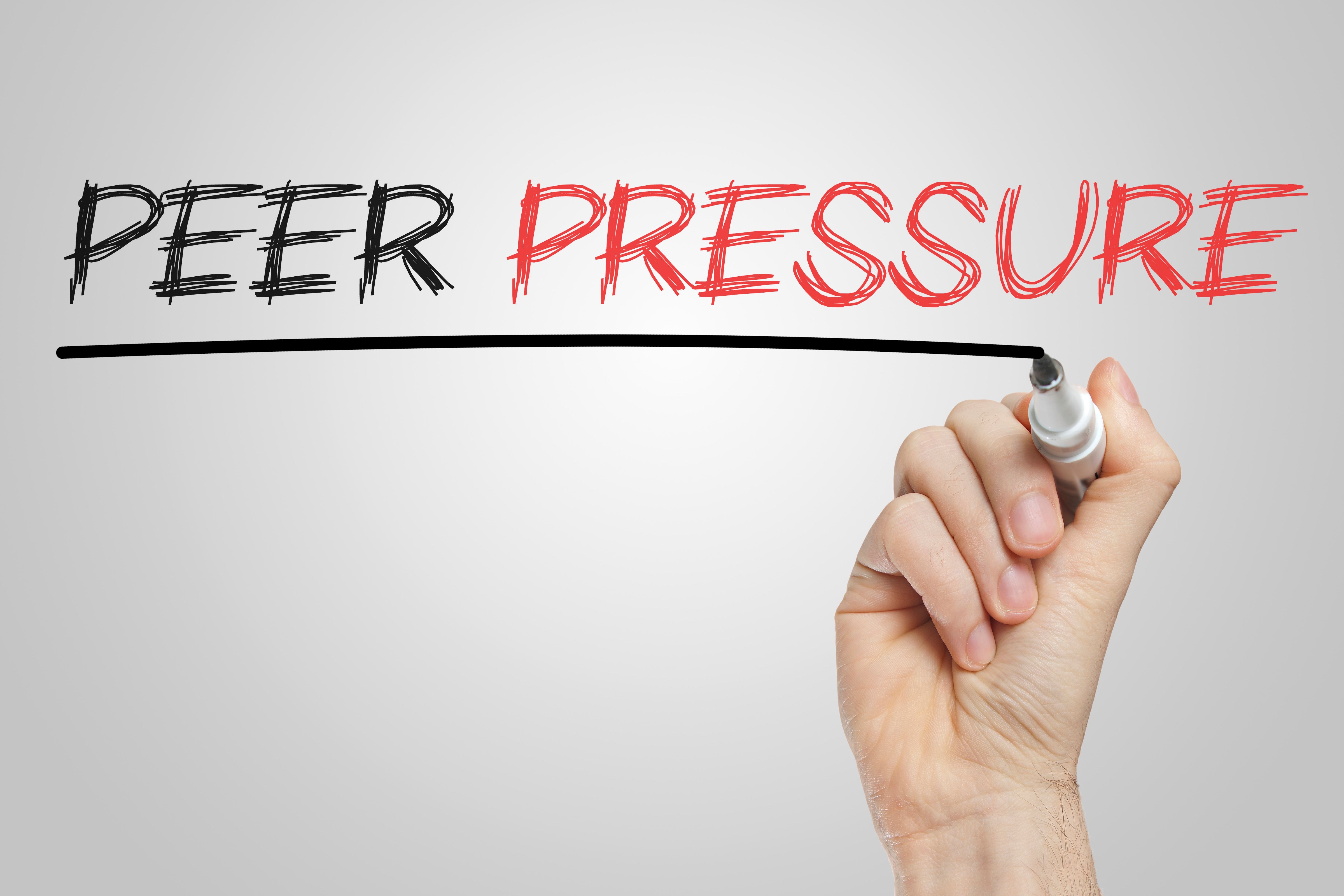Teens' Battle Against Tobacco, Marijuana, and Vaping
JK
Understanding the Risks
For teens, navigating the complex world of choices often involves facing the allure of substances like tobacco, marijuana, and vaping. Understanding the risks associated with these substances is crucial for making informed decisions. Tobacco remains one of the leading causes of preventable death worldwide, while marijuana can impact brain development in teens. Vaping, often perceived as a safer alternative, poses its own unique health risks.

Teens are particularly vulnerable due to ongoing brain development, which continues until around age 25. During this time, substances can interfere with critical cognitive functions and emotional regulation. The addictive nature of nicotine, found in both cigarettes and many vaping products, further complicates the issue, potentially leading to long-term habits that are difficult to break.
The Influence of Peer Pressure
Peer pressure plays a significant role in teens' decision to experiment with tobacco, marijuana, or vaping. Adolescents often face pressure to fit in or appear 'cool,' leading them to try substances despite knowing the risks. This social influence can be powerful, sometimes overshadowing parental guidance and educational efforts.

Teens need to develop strong decision-making skills and confidence to resist peer pressure. Encouraging open communication about these challenges can empower them to make choices that align with their values and long-term health goals. Building a supportive network of friends who respect these decisions is also crucial.
Educational Initiatives
Educational programs play a vital role in informing teens about the dangers of tobacco, marijuana, and vaping. Schools, community organizations, and online platforms offer resources that highlight the effects of these substances on health and well-being. Such initiatives aim to dispel myths and provide evidence-based information.
Interactive sessions and workshops can be particularly effective, allowing teens to engage in discussions and ask questions. These programs often emphasize the importance of personal health and the benefits of staying substance-free, equipping teens with the knowledge they need to make informed choices.

Parental Role and Support
Parents play an integral role in guiding their teens through these challenging decisions. Maintaining open lines of communication is essential for discussing the risks and realities associated with substance use. Parents should strive to create an environment where teens feel comfortable sharing their experiences and concerns.
Setting clear expectations and providing consistent support can help teens feel more secure in their decisions. Additionally, parents can model healthy behaviors and discuss their own experiences, reinforcing the importance of making positive choices.
Strategies for Resistance
Teens can employ several strategies to resist the temptation of tobacco, marijuana, and vaping. These include:
- Educating themselves about the risks and effects of these substances.
- Practicing assertiveness by saying no confidently.
- Surrounding themselves with supportive peers who respect their decisions.
- Engaging in activities that promote a healthy lifestyle, such as sports or arts.

By adopting these strategies, teens can better navigate social situations where they might encounter pressure to use these substances. Empowering youth with knowledge and skills is a proactive approach that can significantly reduce the likelihood of substance use.
Conclusion: A Collective Effort
The fight against tobacco, marijuana, and vaping among teens requires a collective effort from educators, parents, peers, and the community. By fostering an environment of support and education, we can help teens make informed choices that prioritize their health and future. Together, we can empower the next generation to lead healthier, more fulfilling lives free from the burden of addiction.